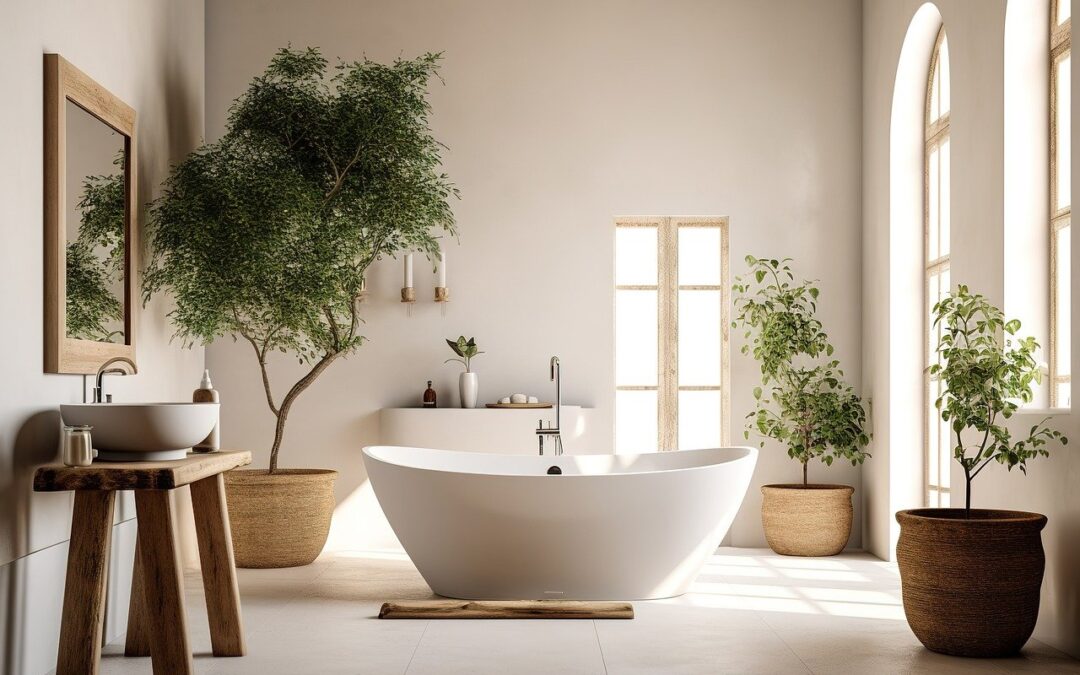Kitchens are one of the most popular home renovation projects that property owners do. And with the amount of moving parts and variables involved in such projects, they’re also one of the most complicated projects to carry out. One aspect of a kitchen project not to be overlooked is the flooring. Since kitchens are prone to water and spills, tiles are the preferred choice in this environment. But do you know what kitchen tiles work best?
In this post, we’ll cover two of the most popular types of kitchen tiles – ceramic and porcelain – and how you can transform this central gathering space in your home with either option. Read on to learn more:
Ceramic and Porcelain Tiles: What to Know
Ceramic and porcelain tiles have some key similarities and also some notable differences. Starting with similarities, both porcelain and ceramic tiles look great, are created and installed similarly, and are durable.
But these two tile types also have some notable differences – some that are very noticeable and some that are more subtle. When it comes to the more subtle differences, clays used to create porcelain tend to have a higher density and are thereby fired at higher temperatures than the clay mixed used to create ceramic tile. Because ceramic tile isn’t as dense as porcelain tile, it tends to be lighter in weight. This makes ceramic easier to cut and install, though it’s not as durable as porcelain and often more subject to wear and tear.
Some other key differentiators between porcelain and ceramic include:
- The color of porcelain tile tends to be uniform throughout the material. Hence, if a tile becomes chipped or loose, it won’t be as noticeable because the color throughout the tile will be the same as the surface. Ceramic tiles tend to have more color variation throughout the material, and any chips or cracks may be more noticeable.
- Porcelain also has a smoother finish than ceramic.
- Ceramic tiles can be created with textured surfaces to add visual depth and dimension.
Design Inspiration
One of the great things about both porcelain and ceramic tiles is the wide range of design flexibility that you have when it comes to your flooring. Both types of tile are available in a wide range of colors, patterns, shapes and textures to really help you zero in on the kitchen flooring that’s just right for the overall environment.
Porcelain tiles can even be manufactured to resemble different types of materials. A trending option is porcelain which mimics the appearance of natural stone, marble or even wood – an attractive option for many higher-end kitchens.
Most ceramic tile options are solid color options. However, property owners often mix and match colors to create unique patterns in their spaces. Another key benefit to using ceramic tiles is how they can be textured for a unique look and feel with more depth and dimension.
Ceramic vs. Porcelain: When to Use What
Both ceramic and porcelain are viable options in the kitchen – what you opt to use should really depend on what you’re looking for in terms of color and patterns. But there are a variety of other factors to weigh when making your decision as well. For instance:
- Budget: Since ceramic is a lighter overall tile that’s easier to cut and install, it tends to offer cost savings compared to porcelain tiles for more budget-conscious consumers.
- Water-resistance: Both porcelain and ceramic tile offer water-resistant properties, but porcelain tends to offer better overall protection. According to the American Society for Testing and Materials (ASTM), the water absorption rate of porcelain tile is 0.5 percent or lower. Ceramic’s rate is more than 0.5 percent. Being that the kitchen is a place prone to spills and water-using appliances, judging how much water resistance you’ll need can be an important factor. Ceramic has good water-resistant properties, while porcelain has excellent properties.
- Hardness: If you have many people living in your household or you’re flooring a commercial kitchen with lots of foot traffic, you might consider going with the harder porcelain tile as your option. Ceramic tends to be a softer, less dense tile.
Contact Sarana Tile Today
For more information on porcelain and ceramic kitchen tiles and to browse our wide range of styles, patterns and shapes, contact Sarana Tile today.

